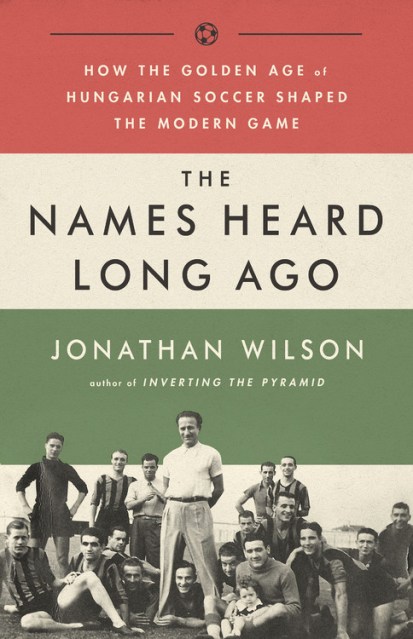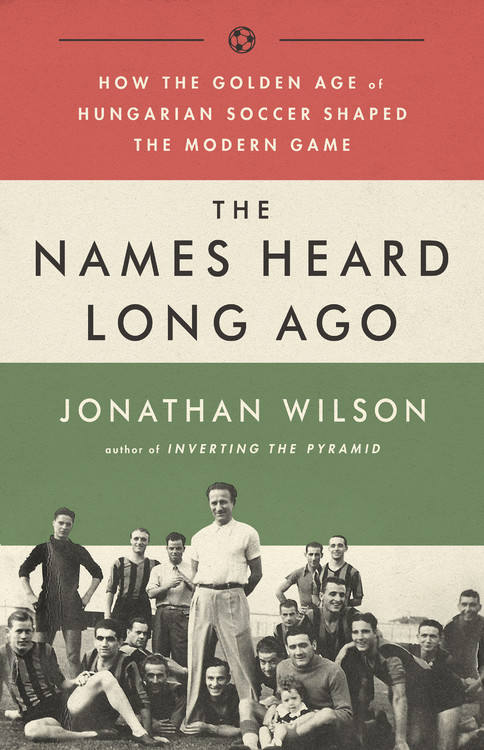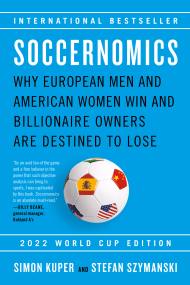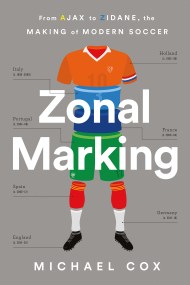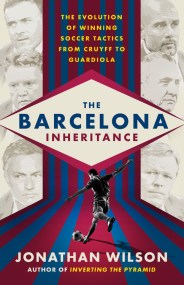Promotion
Use code MOM24 for 20% off site wide + free shipping over $45
The Names Heard Long Ago
How the Golden Age of Hungarian Soccer Shaped the Modern Game
Contributors
Formats and Prices
Price
$17.99Price
$22.99 CADFormat
Format:
- Trade Paperback $17.99 $22.99 CAD
- ebook $11.99 $15.99 CAD
This item is a preorder. Your payment method will be charged immediately, and the product is expected to ship on or around September 17, 2019. This date is subject to change due to shipping delays beyond our control.
Also available from:
The story of the vibrant and revolutionary soccer culture in Hungary that, on the eve of World War II, redefined the modern game and launched a new era.
In Budapest in the 1920s and 1930s, a new school of soccer emerged that became one of the most influential in the game’s history, shaped by brilliant players and coaches who brought mathematical rigor and imagination to the style of play. But with the onset of World War II, many were forced into exile, fleeing anti-Semitism and the rise of fascism.
Yet their legacy endured. Against the backdrop of economic and political turmoil between the wars, and in spite of extraordinary odds, Hungary taught the world to play.
Genre:
- On Sale
- Sep 17, 2019
- Page Count
- 400 pages
- Publisher
- Bold Type Books
- ISBN-13
- 9781568587844
Newsletter Signup
By clicking ‘Sign Up,’ I acknowledge that I have read and agree to Hachette Book Group’s Privacy Policy and Terms of Use
